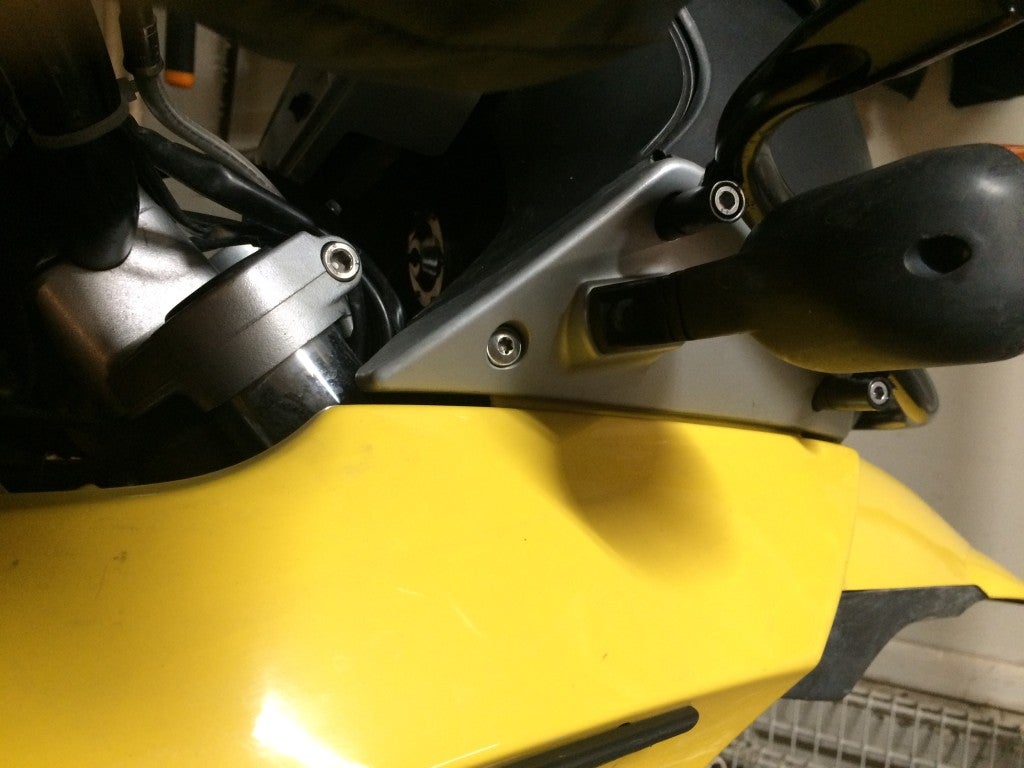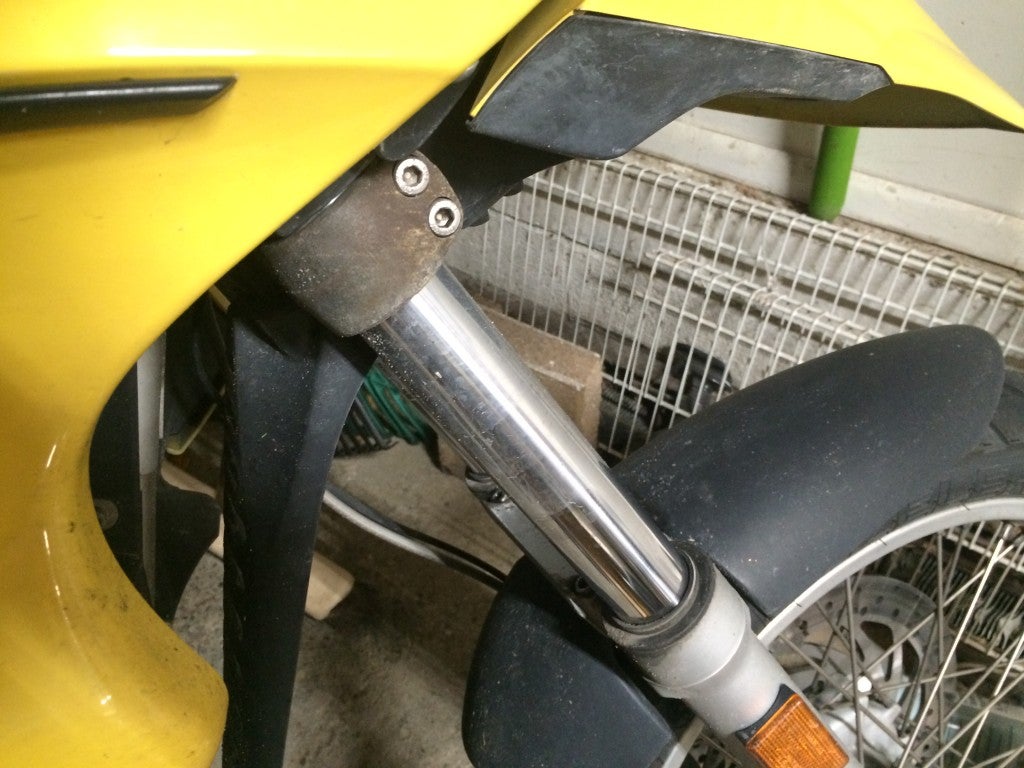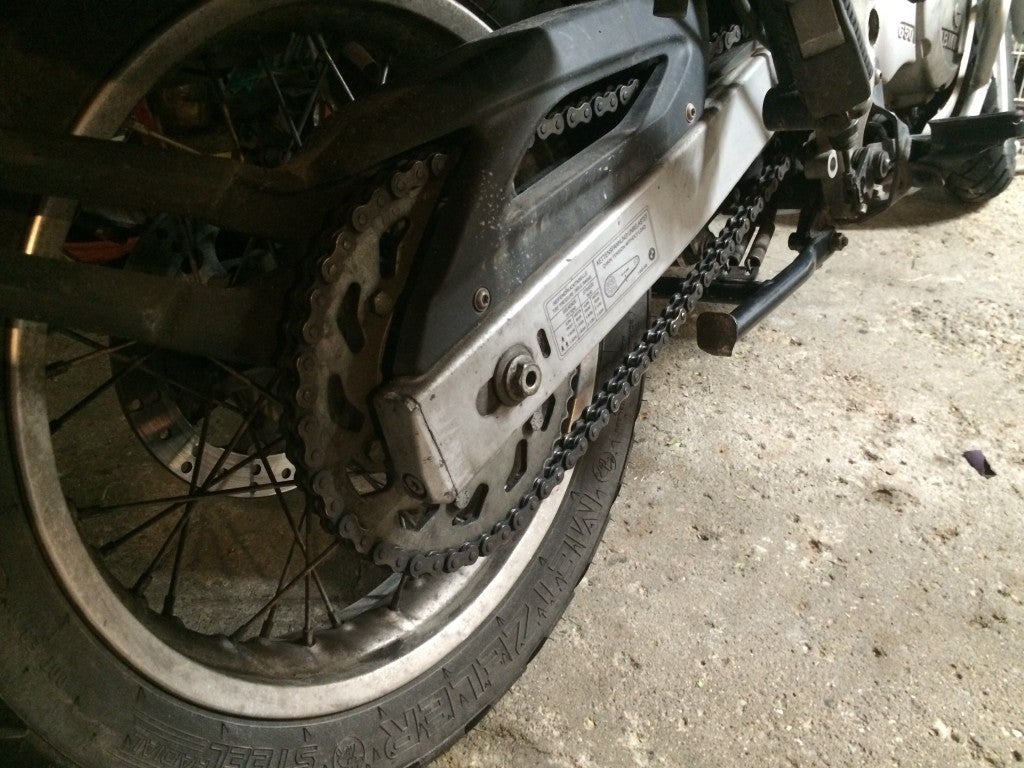 "atomicalex" (atomicalex1)
"atomicalex" (atomicalex1)
01/08/2016 at 21:52 ē Filed to: None
 5
5
 1
1
 "atomicalex" (atomicalex1)
"atomicalex" (atomicalex1)
01/08/2016 at 21:52 ē Filed to: None |  5 5
|  1 1 |
I donít think any adventure rider ever goes out with the plan to field strip their motorcycle, but most drag a few tools along anyway. The question that I get a lot is ďwhich tools should I take?Ē The answer is ďthe ones you are going to use.Ē Every rider can answer that question differently, and Iíd like to give some guidance on how I set up my tool kit for a ride.
Firstly, itís not a question of which tools to take, but which jobs might I have to do. Simply listing a bunch of tools is great, but with each bike out there having different fasteners, itís a bit of a crapshoot to just say ďT27, T45, 13mm, and 10mmĒ or such. I learned that the hard way on a trip that involved a rental bike and every Torx bit except the T50 that I needed to make a small repair. On the rental bike. My bike at home has no T50s. Ooops. So letís get onto the general list of jobs.
First up is battery and bulb replacement. This is a no-brainer. The most common cause of dead modern bike is dead battery, so that gets top priority. Getting to the battery on most bikes requires some fairing removal, so start with those pieces. I need a T20 and aT25, then a pair of 10mm wrenches to get the battery cables loose. In many parts of the EU, you have to carry spare bulbs anyway, so may as well be equipped to install them, right? A small Phillips screwdriver will get me into my turn signals and tail lamp assembly. My headlamp is thankfully tool-free.

Fairing removal is generally pretty much more of the same, so you are covered for getting to the innards of the bike if necessary once you can get to the battery box.
The next job I like to prepare for is untweaking forks. Any bumps or bangs into stationary objects can lead to tweaked forks, which can make riding challenging at best. Untweaking is easy and quick and gets you back in motion. This is generally a one-tool job, as most bikes use the same fasteners on the top and bottom of the tripletree. The potential additional bits would be whatever is required to loosen the front axle and its pinch bolt. The ability to loosen things up and straighten a tweaked fork in the field is basically a superpower - it can put you back on the road/trail in a few minutes with only a few quick fasteners and jabs to the fork assembly. Same goes for lever and bar adjustments - few tools, more fun.

Chain adjustments are a matter of course, and that means the wrenches or sockets required to loosen the rear axle and the bits - in my case, two different Torx bits, thank you BMW - required to move and tighten the adjusters. Fairly simple, and figure that if your trip is any longer than about 1000 miles, this is a good thing to plan for.

There are a few other standard tools that are worth mentioning and can serve many purposes. If you know that most of the bolts and other fasteners on your bike are, say, 10mm, by all means, throw a 10mm combination wrench in there. Just donít throw every wrench you own in - you wonít need them and they are extra weight. I also like to carry a small needle-nosed electricianís plier. This includes a wire cutter, wire stripper, and crimper, which will get me through most electrical fiascos. I make sure that in some of my tool-selecting-activity above, Iíve brought a 3/8" ratchet and a 6" extension, along with that 10mm socket that fits on so many of the bolts on my bike. A 12mm socket if Iím on the Kawasaki. Another must-have tool I bring is a strange old pair of !!!error: Indecipherable SUB-paragraph formatting!!! , which Iíve found one hundred and one uses for, from pulling fuel injectors to replacing drum brake springs. Those who find tyre changes fun and exciting will no doubt plan for them and pack tyre irons and an inflator. An inflator is a good idea anyway.
Speaking of brakes, check yours, and check your tool kit from the three big jobs at the top. You will likely find that you have already packed what is needed to replace brake pads. On a trip of more than 3000 miles, you might want to consider having that option. My calipers come off with the same bits needed to loosen the axles, so Iíve got this covered already.

The very last thing I bring along, and only when Iím leaving home for a while, is my GS-911, a diagnostic tool that lets me reset my EFI system. Iíve never had to use it on the road, thankfully, and itís become more of a talisman than anything else. Itís lightweight and peace of mind.
The potential jobs you might face on the road may vary from the ones I expect to face, and you should vary your toolkit accordingly. Do consider what you are willing to do yourself - there is a reason I donít carry tyre irons. I donít expect that even if I had them, I would change out a tube myself. Everyone is different with different limits and needs. Offroad riders might carry extra chain and chain tools. RTW riders may bring the entire shop. Or not. And commuters probably make do with a AAA card. I know that I do when Iím commuting. Whatís important is to transition from the ďwhat toolsĒ mentality to the ďwhat jobĒ mentality, and then to pack accordingly. Like the Boy Scouts say - Be Prepared.
 bob and john
> atomicalex
bob and john
> atomicalex
01/08/2016 at 22:14 |
|
in my last post
here,
I mentioned what I carry, but iíll run through it again
tire plug kit (because tubeless tires hahaha)
little electric 12V pump (i have a connection on the bike)
bikes tool kit
set of allen keys
small multimeter
electricians pliers
roll of electrical tape
baggie of zip ties
12V charger and cables for my phone and ipod
chainllube
8-in-1 screwdriver
and if i think it might rain, i take my rain suit as well.